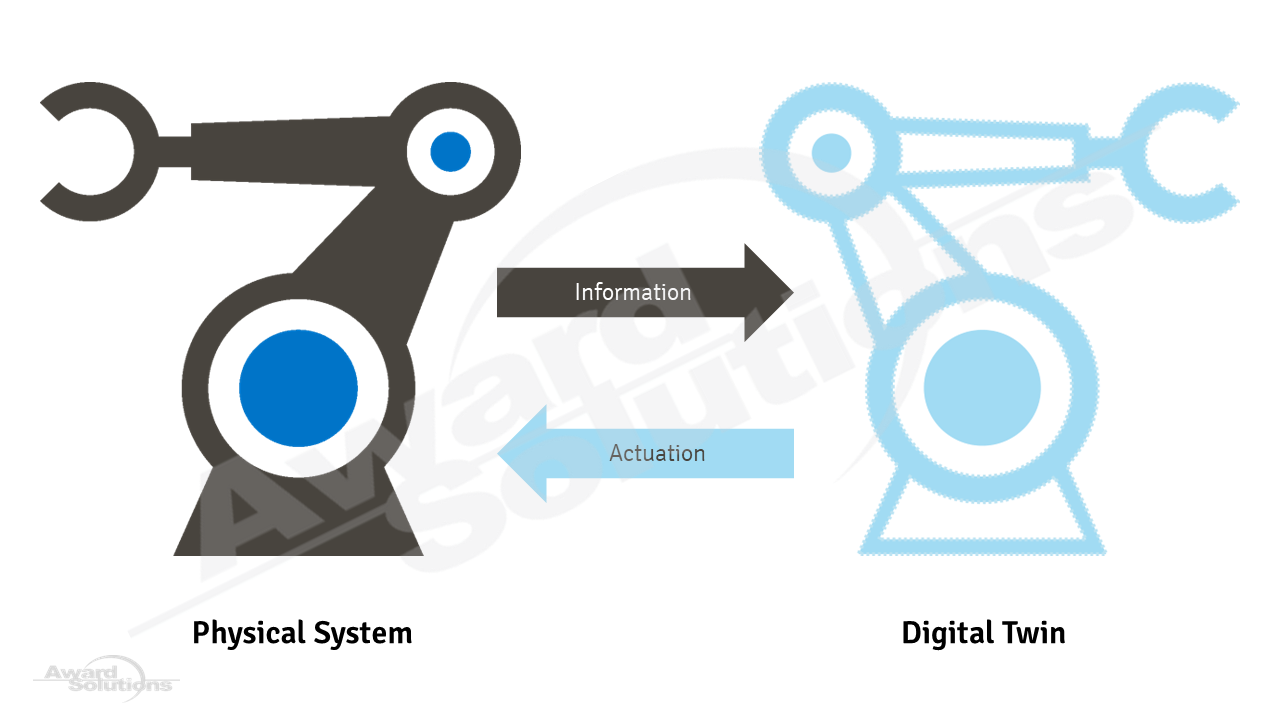
Whether 6G is a myth or reality is an easy question to answer unless you think there is a serious possibility that a 5G icon will pop up on your grandchild's future wireless device. We know about the inexorable march of technology – the real question is, why is there a buzz about 6G now when we don’t yet have a complete outline of 5G-Advanced technology?
As with previous generational shifts in cellular wireless technologies, the answer lies in recognizing new services around the corner, the shortcomings of 5G, and the evolutionary variations in providing these services. What use cases challenge 5G and require the next technological leap sooner than later? We will look at three such use cases.
The Pandemic and the HTC Call
I still have vivid memories of the first hologram I saw decades ago. I could see almost around the back of an object’s image on a two-dimensional piece of glass. That magic was not lost on me, nor was that of the three-dimensional Princess Leia projected by R2-D2 in the Star Wars movie, A New Hope. Today, 3D holographic monitors are an $8B business, and the prospect of Holographic-type Communication (HTC) is within reach.
The recent worldwide pandemic made the case for HTC stronger than ever. Millions cut back on their social lives and professional face-to-face meetings. As a result, it is now clearer than ever that HTC is not a gimmick and is increasingly seen as a logical extension of current 2D video communications. Many studies indicate that high-quality HTC would have significantly boosted interactive experiences in both the social and professional arenas during pandemic lockdowns. And, looking into the future, the expansion in remote workforces will continue to be a strong driving motive for HTC. Yet another driver for HTC is its vertical use in the immersive and interactive internet of the future, where interaction is between humans and objects rather than face-to-face meetings.

There is only one catch – the bandwidth requirements for acceptable HTC are exorbitant, typically getting into the range of hundreds of gigabits per second to terabits per second, even after using state-of-the-art channel coding techniques. 5G bandwidths are currently not able to handle this level of throughput. 3GPP releases 16 and 17 have not introduced any goalpost changes concerning the maximum achievable throughput of 20 Gbps in 5G. This throughput falls well below the required channel rates for HTC. HTC needs 6G to reach its full potential as an extension of how we communicate today.
The Metaverse of Digital Twins
Just as holographic telecommunication can be seen as a natural extension of current video calls, the concept of Digital Twins (DT) can be seen as an extension of digital simulation and control of complex systems. The DT is a real-time representation of an existing physical system. In general, a Digital Twin can model a physical component, a system of components, or a system of systems. Examples of use cases for DT include vehicle fleets, power plants, ports, refineries, and even cities. The advantage of a DT compared to a traditional digital simulation is that data flows in real time between the DT model and the physical system, which allows for real-time control and optimization of the physical component or the system, as well as advanced simulations for decision making and bringing insight to the workings of a complex system.

Imagine a robotic assembly line with its DT realized in a cloud environment. Each robot may be equipped with hundreds of sensors that monitor multiple aspects of the robot’s performance, such as motion, temperature, power consumption, and position. This kind of system needs a network that provides connectivity with extreme performance in terms of the amount of real-time and low latency data between the physical robots and their DT, as well as allowing interaction with an AI system for control, optimization, and fault management and prevention, among other tasks. This is where 6G enters the arena. Low-complexity digital twins are already implemented in some scenarios leveraging 5G technology. But the vast resources of 6G will be essential for realizing the ultimate goals of digital twins in complex systems. Sub-millisecond-delay communication between the digital and the physical from hundreds of thousands of sensors and actuators, coupled with AI and machine learning interactions, will force us outside the 5G box. The metaverse that connects the physical and digital domains functionally requires 6G.
“Only 500 billion IoT Devices”
In a futuristic Star Trek promotional ad by a tech company, a child is being lectured about the history of civilization in the 21st century. The discussion centers on the number of IoT devices “back then” – about 500 billion. The child sneers, “Only 500 billion?”
Estimates of the number of IoT devices by 2030 vary greatly, partially due to the uncertainty of the definition of an IoT device. The numbers can range from 30 billion to the ad’s claim of 500 billion (by Cisco’s former CEO, J. Chambers). There is little doubt that massive IoT (MIoT) will be a ubiquitous technology. One of the critical advances in 5G compared to 4G is the ability to break the barrier of 1 million devices per square kilometer. However, cellular IoT is difficult to do in a realistic setting. The 4G number is rarely beyond even 50,000 IoT devices per macrocell, and the same kind of cutoff is expected in the field regarding 5G, bringing down the number of 1 million IoT devices per square kilometer significantly, perhaps by a factor of 3 or more. The issue is that the 5G capacity bands, like millimeter wave (mmWave), come with inferior coverage, which will be exacerbated by the IoT device’s inability to perform sophisticated beam-shaping on the uplink transmission shortening the reach and, therefore, the capacity of the cell. One approach is to use the very poor coverage of mmWave by dramatically increasing cell density. Still, this approach is rarely economically sound, given the low revenue generated by machine-type communications. Here, 6G’s concept of cell-less networks can come to the rescue, possibly using all transmitting and receiving points and side-links effectively to achieve the goals set for future IoT device densities.
There are many factors and enabling technologies that allow 6G to realize these use cases – but for now, we can safely say that 6G is an undeniable reality, with the power to build on and expand the features and capabilities that 5G has introduced.
